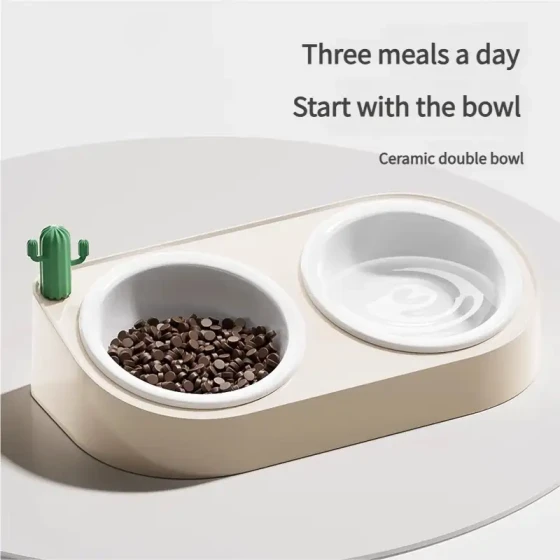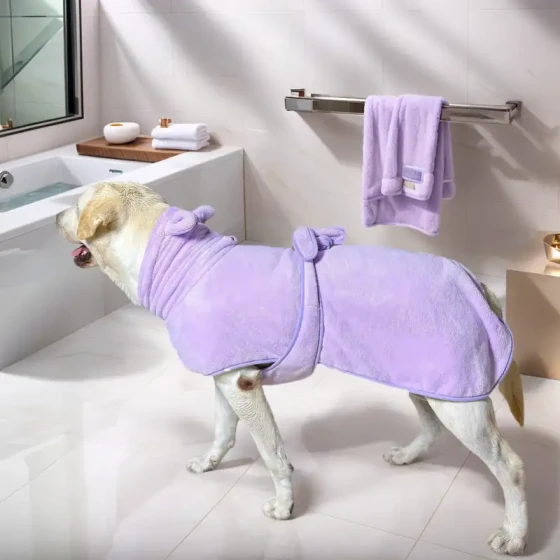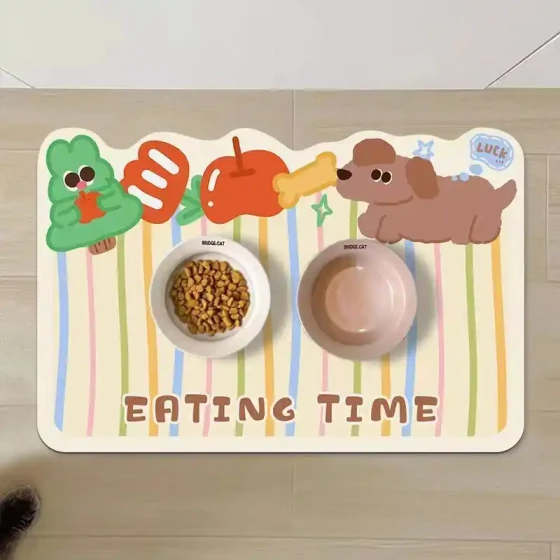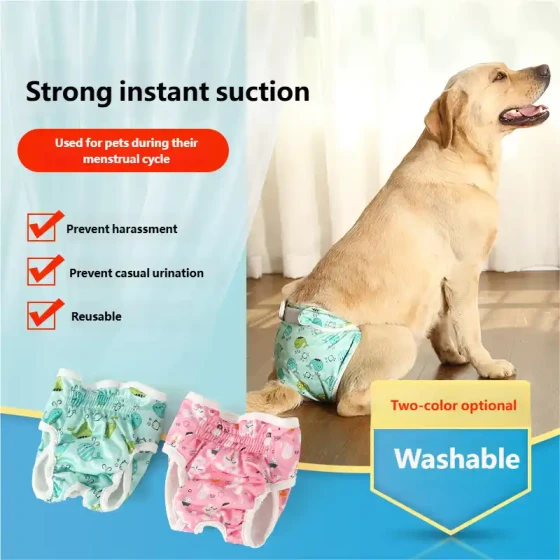How to Make Pet Stool Formed?
How to Make Pet Stool Formed?

——Discussing the application value of the nutrient "Dukoqing FS9022" in pet food for promoting pet stool formation and eliminating toxic substances in the body
(Partially excerpted)
Excerpted from "Pet Food Manufacturing Technology and Application"
In response to many pet food enterprises currently reporting issues such as unformed pet stool and frequent high moisture content in stool (diarrhea), this article briefly analyzes the inducement causes and main pathological factors leading to these problems, proposes effective control plans and solutions, introduces the use value and application methods of our center's Dukoqing FS9022 in this aspect, conducts controlled group experiments, and arrives at final resolution steps.
In practical production work, we often encounter enterprises reporting that pets exhibit unformed stool, high stool moisture, and diarrhea symptoms after consuming certain foods (dry food, snacks). Many consumers judge pet food quality based on these symptoms. Although this is a consumer misconception, it poses a significant and difficult problem for pet food manufacturers to solve in reality.
1. First, let's understand the main factors causing unformed stool and excessive moisture content.
1.1 Unformed stool is a common symptom, referring to an obvious increase in defecation frequency beyond usual habits, loose stool quality, increased moisture, or containing undigested food or mucus.
1.2 When water secretion within the pet's intestinal lumen exceeds normal levels, the excreted stool will show unformed characteristics and non-pathological diarrhea.
1.3 The main substances causing excessive water secretion in the intestinal lumen are toxic substances living inside the intestinal cavity.
1.4 Damage to the intestinal mucosa surface by toxic substances results in the mucosa's inability to form the physiologically required protective membrane.
(□□□□□□□□□□□□□□□□□□□□□□□□□□□□□□□□□□□□□□□□□□□□□□□□□□□□□□□□□□□□□□□□□□□□□□□□□□□)
4. Introduction to the concept and main components of adding the effective substance Dukoqing FS9022 in pet food.
4.1 The manufacturing process of Dukoqing FS9022 uses an internationally popular formula provided by New Zealand P.R Pet Care Center to our center, made entirely from selected imported raw materials, including extracted tropical plants and mineral extracts, prepared through extraction, drying, transpiration, condensation, biological fermentation, and enzymatic hydrolysis.
4.2 The main function of Dukoqing FS9022 is to promote pet detoxification, prevent diarrhea, reduce stool moisture content, ensure stool formation while improving flavor freshness, palatability, tastiness, and food intake; improve pet endocrine status, enhance immunity, promote the formation of intestinal mucosal protective membranes; fully eliminate toxic and harmful substances in the intestinal cavity, and promote calcium absorption to strengthen bone hardness.
4.3 Dukoqing FS9022 is a trace nutrient additive, typically applied at 0.1%-0.3% in pet food (main feed). Micro-addition effectively controls excess stool moisture and promotes stool formation, as detailed in the following control group experimental data report.
(□□□□□□□□□□□□□□□□□□□□□□□□□□□□□□□□□□□□□□□□□□□□□□□□□□□□□□□□□□□□□□□□□□□□□□□□□□□)
8. Selection and purpose of control group experiments:
8.1 Feeding 30 pet dogs at our center's experimental site for 14 days, divided into three groups: Group A, Group B, and Group C. Group A had zero Dukoqing FS9022 added; Group B had 0.3% Dukoqing FS9022 added; Group C had 3% Dukoqing FS9022 added (ten times the normal amount).
8.2 The main test focus was to observe and analyze physiological discomfort changes in the three groups of pets after consuming Dukoqing FS9022, as well as symptoms after overdosing.
8.3 The stool formation promotion effect of Dukoqing FS9022 on Group B experimental dogs and variations observed after use in Groups A and C.
9. Data statistics and conclusion after fourteen days of experimentation.
(□□□□□□□□□□□□□□□□□□□□□□□□□□□□□□□□□□□□□□□□□□□□□□□□□□□□□□□□□□□□□□□□□□□□□□□□□□□)
9.4 No abnormal changes were observed in Group A; stool moisture in Group B pets was 33.33% lower than Group A, with clearly formed stool; stool moisture in Group C pets was 34.42% lower than Group A, with clearly formed stool and no abnormal symptoms. Additionally, intestinal dryness was optimal in Group B pets.
9.5 Testing toxic substances in pet stool: No abnormal changes in Group A; toxic substance levels in Group B stool were 93.63% lower than Group A, stool had no foul odor; stool moisture in Group C pets was 94.02% lower than Group A, stool had no foul odor, and no abnormal symptoms were seen.
9.6 Statistics support the above conclusions, suggesting moderate addition in pet food, with the best recommendation at 0.3%, and no variation with overdosing.
9.6.1 Dukoqing FS9022 prevents pet diarrhea, promotes stool formation, and removes toxic harmful substances in the intestinal cavity.
(□□□□□□□□□□□□□□□□□□□□□□□□□□□□□□□□□□□□□□□□□□□□□□□□□□□□□□□□□□□□□□□□□□□□□□□□□□□)
10. The main causes of pet diarrhea and loose stools are divided into pathological and nutritional diarrheas. Unformed stool is mainly caused by excess toxic substances in the intestinal cavity, damaging the intestinal mucosa and causing excessive water secretion. Therefore, reducing intestinal water, improving repair of the mucosa, and removing toxic substances to form a protective membrane are key control measures.
(□□□□□□□□□□□□□□□□□□□□□□□□□□□□□□□□□□□□□□□□□□□□□□□□□□□□□□□□□□□□□□□□□□□□□□□□□□□)
In summary, with continuous improvement in domestic pet food technology, nutritional demands have evolved from balanced nutrition to effective health promotion. Specific requirements now include health promotion, internal toxic substance removal, stool formation, and reduction of stool odor. Our center takes responsibility for conducting broader and more detailed experimental work in this field.



